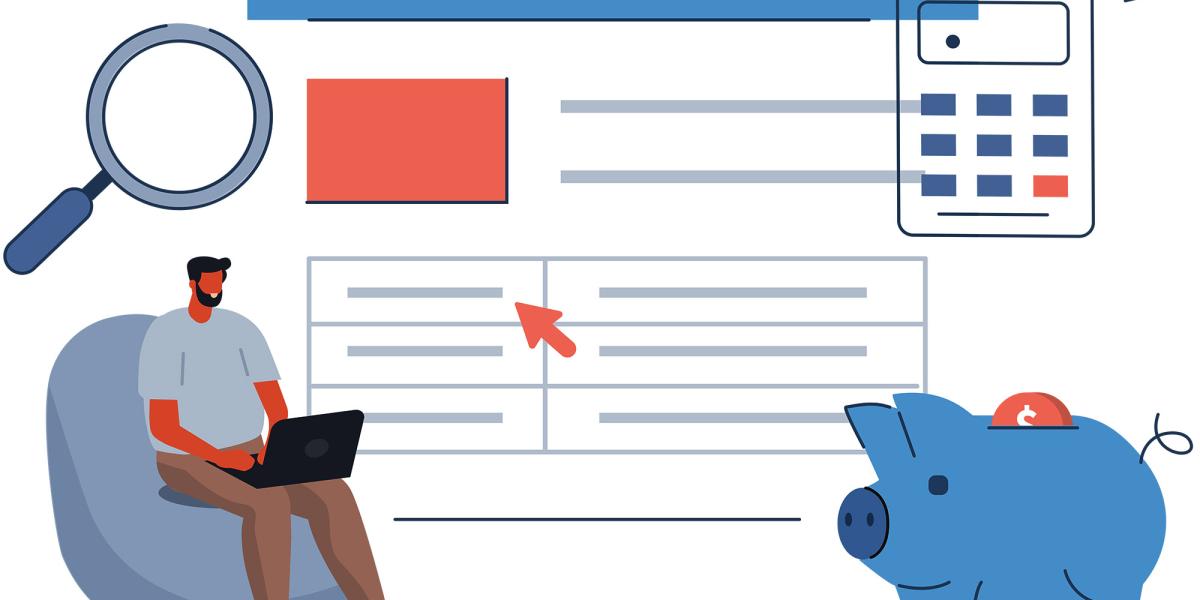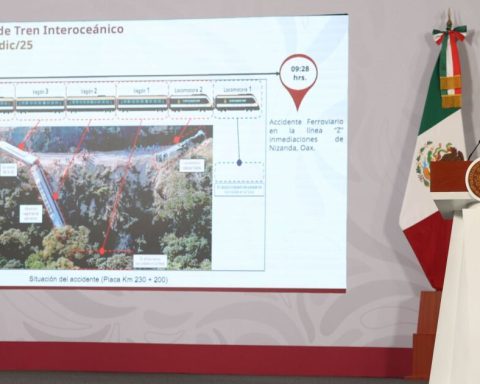The payment of taxes when making the annual declaration is an obligation that small and medium enterprises, together with some natural persons, must comply with problems with the treasury.
Once the statement is made, the inspection body sends you an acknowledgment of receipt. In case you have balance payable, you will have 10 business days to do so to the account number provided in that accuse.
However, being taxes corresponding to the entire fiscal year of last year, it is common for some persons or SMEs to not have planned the payment of these taxes and have used the money destined for that for other things.
In that case, if the payment is not made in a timely manner or when declaring there was any mistake and paid less taxes than it corresponded, you will be generating a debt with the tax authority. That debt is known as tax credit.
What concepts make up a fiscal loan?
Jesús Mendieta is a member of the College of Public Accountants of Mexico and explained that a tax credit is composed, apart from the original debt, other charges such as fines, surcharges and updates.
“To the debt you have, you must add the corresponding to the monthly inflation published by INEGI on the 10th of each month, the fines you make creditor for not paying your taxes on time and the corresponding surcharges,” Mendieta explained and added that this is how a tax credit can continue to grow over time.
It should be noted that the existing credit is enforceable to pay once the tax authority sends the taxpayer to claim the payment of said debt together with the accessories, that is, the aforementioned concepts.
Experts warn that, within the accessories, the surcharges will be 1.47% monthly tax debt. The fines for not paying in a timely manner and, in addition, for having a payment requirement issued by the authority, range from 20 to 80 % on the amount owed.
If the payment of the fiscal credit is made within 45 days following the notification of the authority, the taxpayer can be creditor to 20 % reduction in the fine imposed and more serious consequences are avoided in the future.
What can happen if that debt is allowed to grow?
The sanctions for not paying taxes are varied; They depend on the time that is labeled without paying, the size of the debt and if the company or moral person lacks reasonable justification to omit the payment of taxes.
“If there is no payment, in addition to the debt grows every month, bank accounts, real estate can be seized and there may even be a criminal process against you,” Mendieta described and added that you can also cancel you digital stamps to continue invoicing.
To avoid that it is possible to pay in partialities, as long as the payment plan does not exceed 36 months. The payment can also be deferred to a date chosen by the taxpayer, without exceeding 12 months. In both cases, at least 20 % of the debt must be paid previously.
Actions to avoid debts
Throughout the year, it is advisable to carry out some actions to not spend the money that must be allocated to the payment of taxes, accurately declare the income and expenses that are had and not forget the key dates for it.
“You can have a bank account where the corresponding taxes are deposited every time there is an income; also to have an advisory of an accountant if there are doubts at the time of the declaration or with any fiscal issue,” recommended the member of the College of Public Accountants of Mexico.
Remember that, although the period to make the annual statement for moral people has already concluded, the natural persons who are obliged to present it have until April 30 to do so. If not complying with that obligation, the fine can range from 1,810 to 44,790 pesos.













